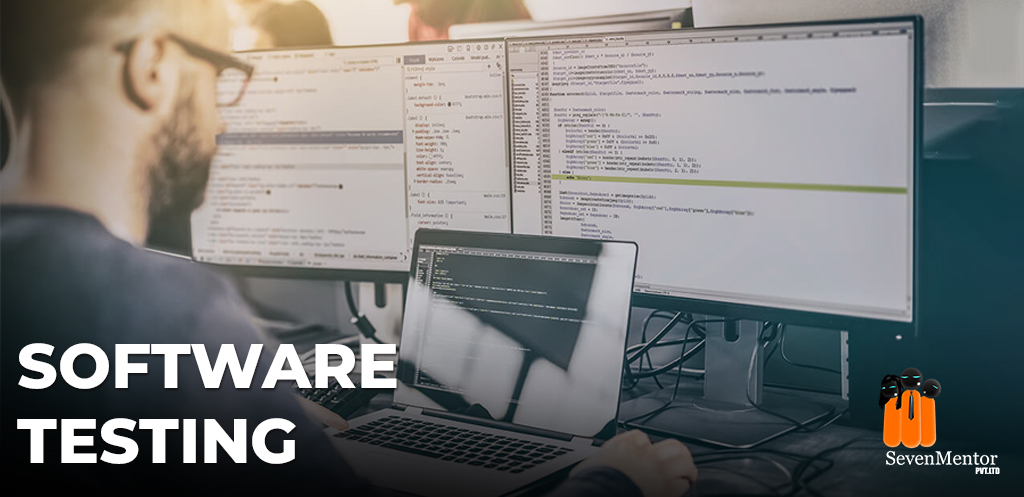End-to-end testing is a software testing methodology that evaluates the entire software application from start to finish, testing its flow and functionality as a whole. The goal of end-to-end testing is to ensure that all components of a system work together seamlessly and meet the specified requirements. This type of testing is often performed in a real-world environment to simulate the user experience and identify any issues that may arise during actual usage.
Key characteristics of end-to-end testing include:
-
Comprehensive Coverage:
- End-to-end testing covers the entire application or system, including all integrated components, modules, and external interfaces. It aims to verify that the complete system behaves as expected and that data flows correctly between different parts of the application.
-
Realistic Scenario Simulation:
- Test scenarios in end-to-end testing are designed to mimic real-world usage. This involves testing the application under conditions that closely resemble how users interact with it, including inputting data, navigating through various screens, and triggering different functionalities.
-
Integration Testing Aspect:
- End-to-end testing often includes elements of integration testing, as it checks the interactions and data flow between integrated components. It helps identify issues that may arise when different modules or systems interact with each other.
-
Validation of Business Processes:
- This testing methodology validates end-to-end business processes rather than isolated features. It ensures that the entire workflow, from the initiation of a process to its completion, functions correctly and meets business requirements.
-
Identification of System-wide Issues:
- End-to-end testing is particularly effective in identifying system-wide issues, such as communication problems between modules, data integrity issues, security concerns, and performance bottlenecks.
-
User Experience Evaluation:
- Since end-to-end testing aims to simulate real user interactions, it provides insights into the user experience. Testers assess how well the application meets usability expectations and whether the overall flow is intuitive for end-users.
-
Risk Mitigation:
- By thoroughly testing the entire system, end-to-end testing helps mitigate the risk of defects that may arise due to the integration of different components. It ensures that the integrated system is stable and reliable.
End-to-end testing is typically performed after unit testing and integration testing have been completed. It is an essential part of the testing process, providing a holistic view of the software’s functionality and performance. Automated testing tools are often used to streamline the end-to-end testing process, especially when dealing with complex applications or frequent updates.
Read More… Software Testing Course in Pune

